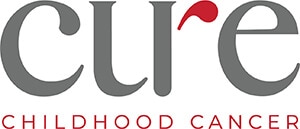Many people have come to know September is National Childhood Cancer Awareness Month. But fewer realize June is National Cancer Survivors Month. We should definitely celebrate survivors! After all, the journey to survivorship is arduous, and these brave children are heroes. At CURE, we love to see cancer’s youngest warriors ring the bell at the end of treatment and walk out of the hospital, shoulders back and heads held high, ready to conquer the world.
However, life after treatment for these young survivors can be tough, and most people don’t realize the price they pay to achieve survivorship. By price, we don’t mean the financial cost, but the toll of months – sometimes years – of treatments involving toxic drugs which cause damage to organs and healthy cells at the same time they kill cancer cells.
When CURE was founded in 1975, the survival rates for children diagnosed with cancer were very low. There were few survivors. With focused and collaborative research, those rates have steadily risen to above 80%. However, as is usually the case, this statistic doesn’t tell the whole story. There’s another important statistic to note: more than 95% of childhood cancer survivors will have significant health issues by the time they are 45 years old. For those who are poor at math, 95% is only a little shy of all of them.
From heart and lung damage to secondary cancers to serious cognitive deficiencies, childhood cancer survivors enter adulthood far differently than their peers. Some of their challenges are obvious – like managing with prosthetic limbs, wheelchairs, or canine assistants. Others, less so – such as cognitive and emotional challenges. For some, survivorship can mean moving from the confines of treatment to a different sort of cage. It’s our responsibility, as parents, friends, and adults, to ensure we do everything we can to free these survivors from this cage.
While we continue our important work to increase survival rates, it is imperative we change our thinking and increase funding into treatments which will not compromise the rest of a child’s life. CURE’s investments in precision medicine and immunotherapies hold much promise as safer cures.
Precision medicine seeks to treat the child based on his or her own genetic makeup. By analyzing the child’s DNA, doctors can match treatment to the child more precisely and avoid toxic chemotherapies that are not needed or aren’t likely to work. Fighting cancer more precisely can lead to fewer short and long-term effects. Likewise, immunotherapies work by programming one’s own immune system rather than using toxic drugs and compounds to destroy cancer cells.
These treatments offer hope for safer cures that will one day allow every child the opportunity to reach for their dreams without a cancer diagnosis standing in their way.
To learn more about CURE’s investment in groundbreaking research and see how you can join us, please click here.




